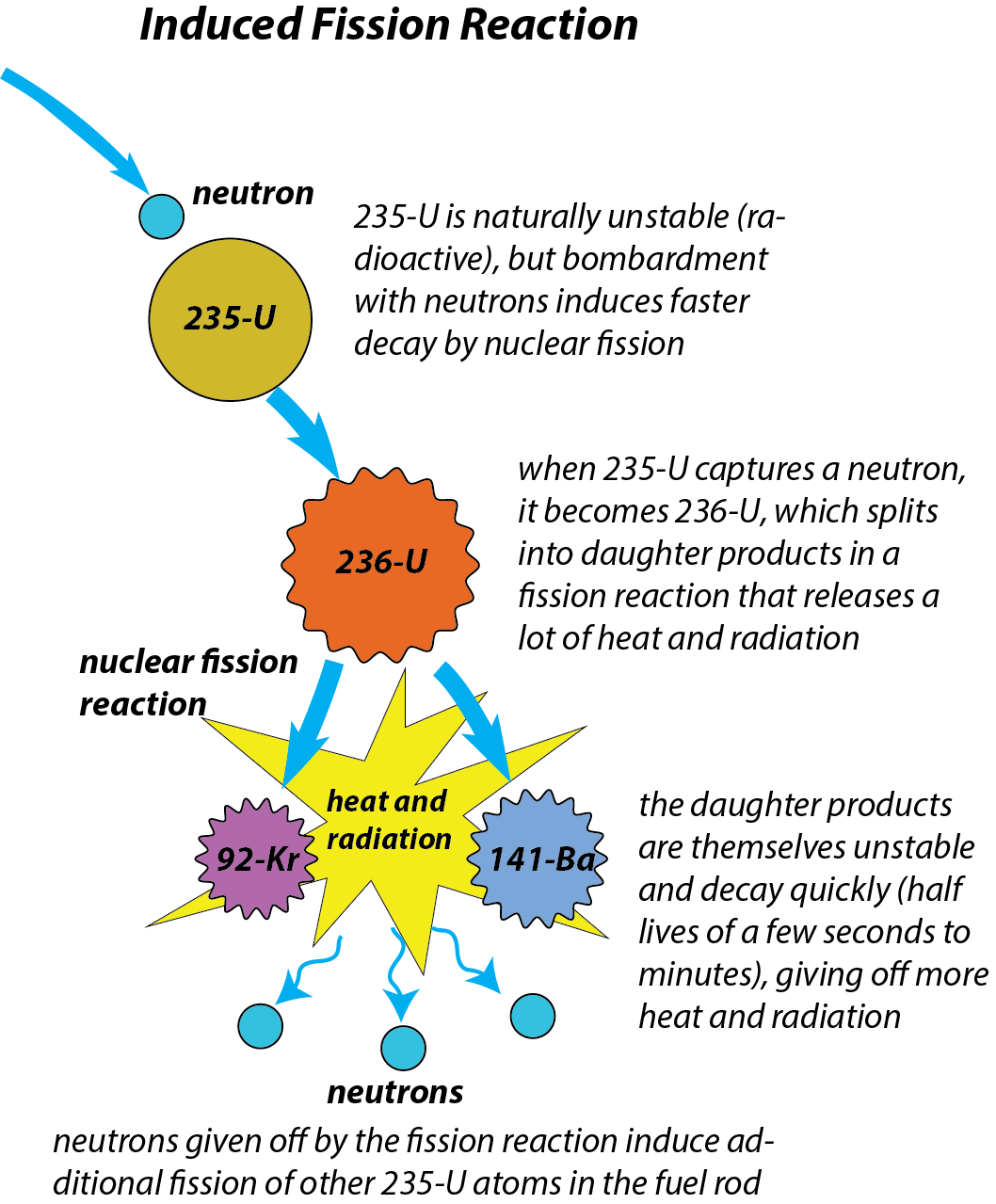

Nuclear weapons have been deployed twice in war, by the United States against the Japanese cities of Hiroshima and Nagasaki in 1945 during World War II.

Since they are weapons of mass destruction, the proliferation of nuclear weapons is a focus of international relations policy. Ī nuclear device no larger than a conventional bomb can devastate an entire city by blast, fire, and radiation. A thermonuclear weapon weighing as little as 600 pounds (270 kg) can release energy equal to more than 1.2 megatonnes of TNT (5.0 PJ). Nuclear bombs have had yields between 10 tons TNT (the W54) and 50 megatons for the Tsar Bomba (see TNT equivalent). The first thermonuclear ("hydrogen") bomb test released energy approximately equal to 10 million tons of TNT (42 PJ). The first test of a fission ("atomic") bomb released an amount of energy approximately equal to 20,000 tons of TNT (84 TJ). Both bomb types release large quantities of energy from relatively small amounts of matter. The Editors of Encyclopaedia Britannica This article was most recently revised and updated by Melissa Petruzzello.A nuclear weapon (also known as an atom bomb, atomic bomb, nuclear bomb or nuclear warhead, and colloquially as an A-bomb or nuke) is an explosive device that derives its destructive force from nuclear reactions, either fission (fission bomb) or a combination of fission and fusion reactions ( thermonuclear bomb), producing a nuclear explosion. Commercial fusion reactors promise an inexhaustible source of electricity for countries worldwide. Although practical fusion reactors have not been built yet, the necessary conditions of plasma temperature and heat insulation have been largely achieved, suggesting that fusion energy for electric-power production is now a serious possibility. The potential peaceful applications of nuclear fusion, especially in view of the essentially limitless supply of fusion fuel on Earth, have encouraged an immense effort to harness this process for the production of power. The vast energy potential of nuclear fusion was first exploited in thermonuclear weapons, or hydrogen bombs, which were developed in the decade immediately following World War II. In cases where the interacting nuclei belong to elements with low atomic numbers (e.g., hydrogen or its isotopes deuterium and tritium), substantial amounts of energy are released.

Nuclear fusion is the process by which nuclear reactions between light elements form heavier elements. If uncontrolled, as in the case of the so-called atomic bomb, it can lead to an explosion of awesome destructive force. If controlled in a nuclear reactor, such a chain reaction can provide power for society’s benefit. These neutrons can induce fission in a nearby nucleus of fissionable material and release more neutrons that can repeat the sequence, causing a chain reaction in which a large number of nuclei undergo fission and an enormous amount of energy is released. In the fission process a large quantity of energy is released, radioactive products are formed, and several neutrons are emitted. The process may take place spontaneously in some cases or may be induced by the excitation of the nucleus with a variety of particles (e.g., neutrons, protons, deuterons, or alpha particles) or with electromagnetic radiation in the form of gamma rays. breaks up into two lighter nuclei of roughly equal mass. In nuclear fission the nucleus of an atom, such as that of uranium or plutonium.
NUCLEAR ENERGY FISSION HOW TO
COVID-19 Portal While this global health crisis continues to evolve, it can be useful to look to past pandemics to better understand how to respond today.Student Portal Britannica is the ultimate student resource for key school subjects like history, government, literature, and more.This Time in History In these videos, find out what happened this month (or any month!) in history.#WTFact Videos In #WTFact Britannica shares some of the most bizarre facts we can find.Demystified Videos In Demystified, Britannica has all the answers to your burning questions.Britannica Explains In these videos, Britannica explains a variety of topics and answers frequently asked questions.Britannica Classics Check out these retro videos from Encyclopedia Britannica’s archives.


 0 kommentar(er)
0 kommentar(er)
